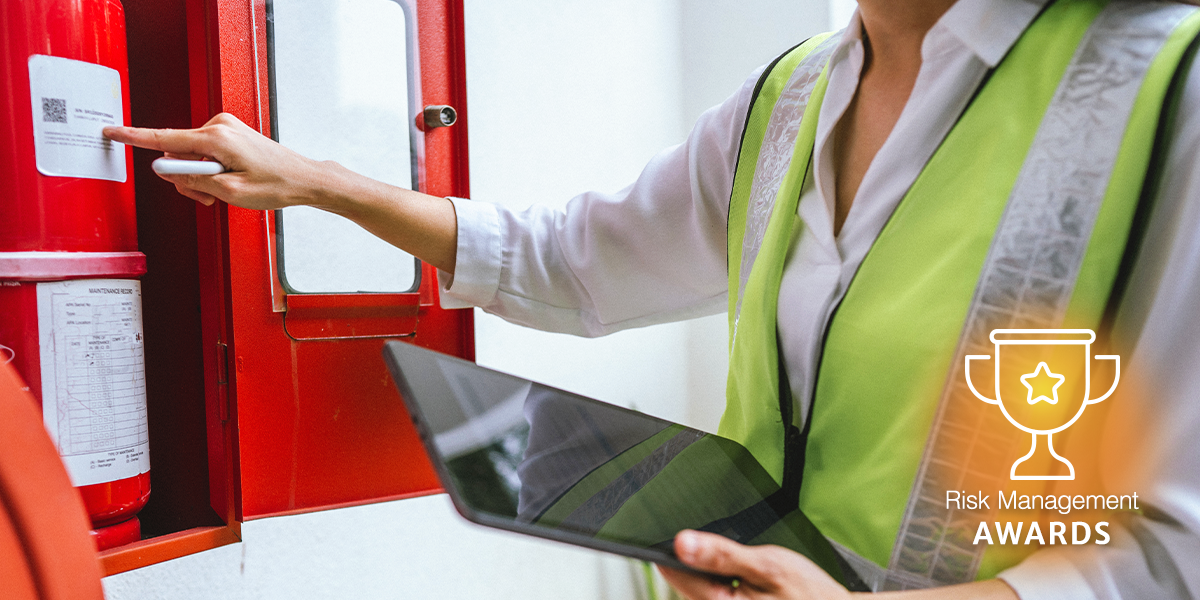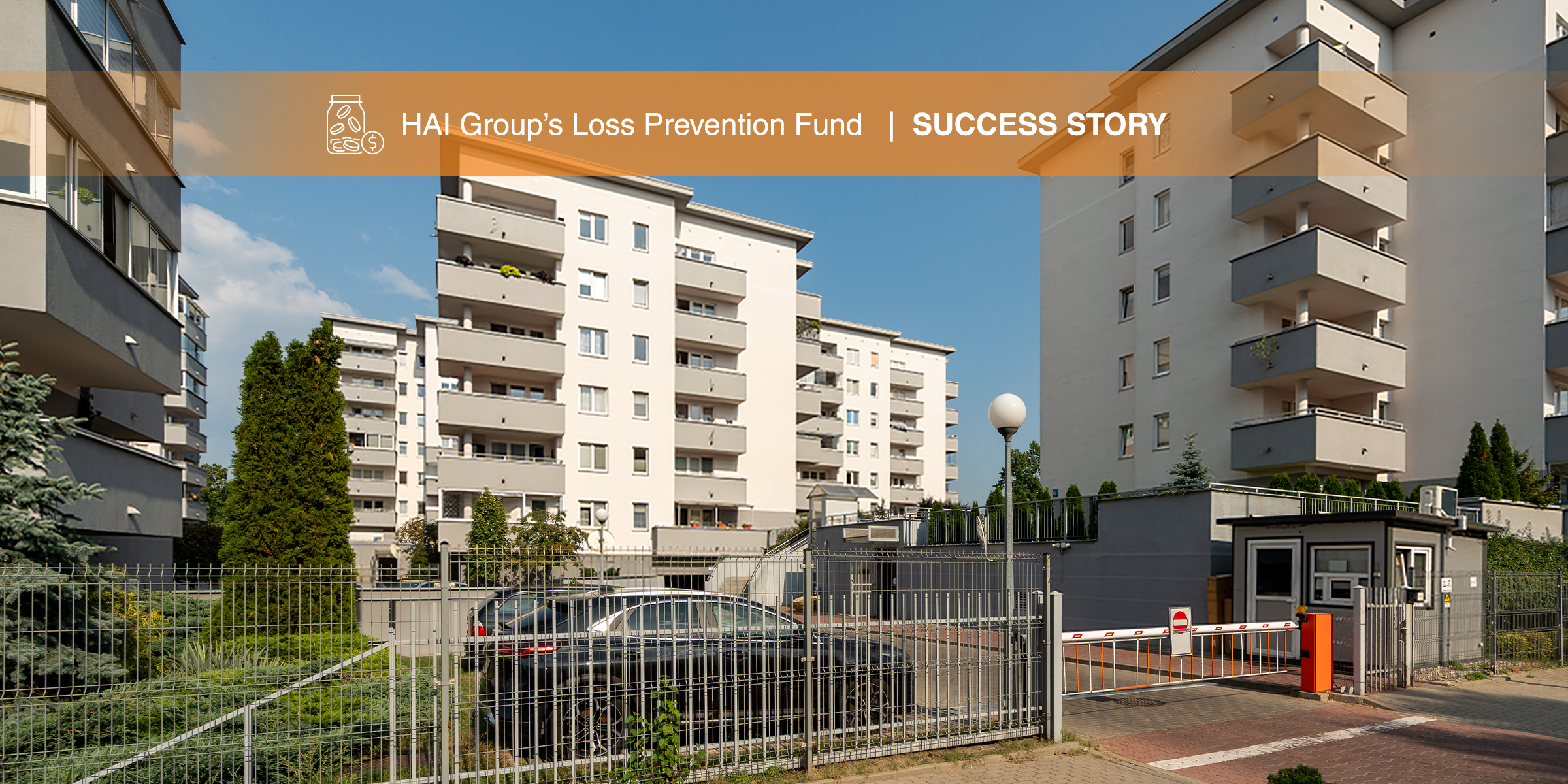When it comes to emergency response, every moment counts. That mantra is something that Cuyahoga Metropolitan Housing Authority (CMHA) follows every day.
To give first responders faster access to building information, CMHA created the Scan for Safety program, which uses custom QR codes placed inside Knox Boxes—rapid access key lock boxes—at high-rise residential buildings. When scanned by fire officials, the codes link directly to a secure page with details such as generator locations, shut-off valves, stairwells, and more, meaning first responders have essential building knowledge immediately available when they arrive on site.
CMHA received the 2025 HAI Group Risk Management Award for Collaboration with a Local/Community Organization for its Scan for Safety program.
Continue reading to learn more about CMHA before Scan for Safety and the program’s impact on resident safety.
From binders to QR codes
Previously, CMHA relied on a three-ring binder to document building details. These binders were difficult to maintain, especially with staff turnover, and information often became outdated or incomplete.
To adapt, the team first built an internal intranet for staff access. Then, team members developed a way for firefighters and emergency services to access the same information without exposing sensitive documents to the public internet. This initiative was named the Scan for Safety program.
Using Chrome’s built-in generator, the project team creates codes that link to a secure intranet page. The codes are inside Knox Boxes at high-rise buildings, only accessible by the fire department.
Now, when first responders arrive on-site, they can instantly locate:
- Water and gas shut-off valves
- Stairwell and floor information
- Sprinkler and standpipe systems
- Combustible/flammable cabinet locations
Building stronger partnerships
For Tracy Herman, Safety Coordinator, the project also solved a long-standing challenge. She often provided building walk-throughs for new battalion chiefs or fire marshals, and with each transfer to a new jurisdiction, the process had to be repeated. The QR codes now ensure fire officials always have the most current information in one convenient place.
The system has also improved the authority’s relationship with the fire department. Instead of scrambling to respond to shifting requests, staff now collaborate more effectively with first responders, ensuring they have the resources they need before emergencies happen.
Outcomes, lessons learned, and what’s next
Though implementation took time, the payoff has been significant. The program reduces the risk of costly errors during emergencies, minimizes delays, and strengthens communication between housing staff and safety forces.
CMHA also plans to expand the use of QR codes beyond fire safety. Future applications could include inventory tracking, monitoring time spent on work orders, and other operational improvements. Jeffrey Wade, Chief of Staff and Special Counsel to the CEO, noted that the opportunities for applying QR codes are endless.
Advice for other organizations
For housing agencies considering a similar initiative, “the upfront effort is well worth the long-term benefits,” Wade said.
The system improves emergency response and fosters stronger, more collaborative relationships with local fire departments.
Bottom line
CMHA’s Scan for Safety program demonstrates how collaboration and innovation can transform emergency preparedness. By leveraging simple technology to solve a complex problem, CMHA improved response times and resident safety and set a model for other agencies looking to strengthen partnerships with first responders.
Visit our Risk Management Awards page to learn more about the 2025 winners from different categories.
For more information or risk mitigation strategies, contact your HAI Group risk management consultant.
This article is for general information only. HAI Group® makes no representation or warranty about the accuracy or applicability of this information for any particular use or circumstance. Your use of this information is at your own discretion and risk. HAI Group® and any author or contributor identified herein assume no responsibility for your use of this information. You should consult with your attorney or subject matter advisor before adopting any risk management strategy or policy.
HAI Group® is a marketing name used to refer to insurers, a producer, and related service providers affiliated through a common mission, management, and governance. Property-casualty insurance and related services are written or provided by Housing Authority Property Insurance, A Mutual Company; Housing Enterprise Insurance Company, Inc.; Housing Specialty Insurance Company, Inc.; Housing Investment Group, Inc.; and Housing Insurance Services (DBA Housing Insurance Agency Services in NY and MI).







